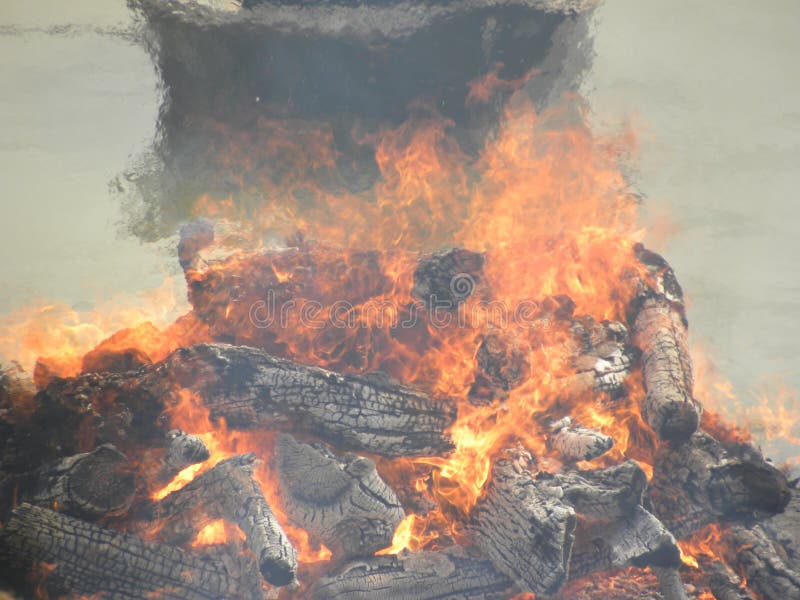
Pre-planning and pre-paying your funeral is one of the most thoughtful gifts you can give to your family. Taking the time now to arrange your funeral is one less thing your loved ones will need to worry about once you’ve passed. The primary advantages of pre-arranging your funeral is to relieve the burden on your loved ones in an already emotional time, and to ensure your funeral is carried out according to your wishes, eliminating the task of second-guessing what you would have wanted. While most people do not want to think about their own mortality, the time to pre-plan your funeral is now.

FUNERAL PYRE MEANING FULL
The full expedition team includes photographer and videographer Pete McBride, videographers and professional climbers Jake Norton and Dave Morton, and second camera Ashley Mosher.Many people plan for life events such as weddings and vacations well in advance, but many people do not plan for something that is certain to happen, their funeral. The Ganges River expedition was made possible with funding from Microsoft, Eddie Bauer, National Geographic Society’s Expeditions Council, Ambuja Cement India, and Hach Hyrdolab.

Next: Kissing the Bay of Bengal: Celebration, Reverence, and Mystery Want to donate some rupees for her wood?” She has come to die and needs money for cremation. Raj, guiding us out, casually said, “She lives here. As I walked through the wood-splitting area, an old woman suddenly emerged from the shadows and held out her hand, the international request for money. My hair was covered in ash and I was pouring sweat again. My immediate, naïve response was to contact the police.īy 9 a.m., the Indian sun blazed above the Ganges. I saw one in the foothills upstream and it stopped me in my tracks. It is not uncommon to see partially decomposed bodies floating downstream. Estimates say 100,000 bodies of various cremation levels are tossed into the Ganges each year. Many bodies are discarded into the Ganges partially cremated or not at all. Even the cheapest wood is beyond the reach for much of the poor. Not everyone can afford the cost of funeral pyres either. Raj pointed out one electrical crematorium nearby.

As the sun continued to rise, I noticed three boats towering with timber coming downstream. Electric or gas-fired crematoriums have been built but both depend on unreliable energy sources and so most still prefer traditional methods. In turn 50 to 60 million trees are consumed annually in India alone. Burning one large body can require up to 1,100 pounds of logs. The demand for wood, particularly hard wood, taxes Himalayan forests. Like most things in India, though, there is a parallel story. There was something beautiful about the process unfolding before me-the rawness, the simplicity, the completeness. “She had a good life with much love and she is blessed to reach moksha.”Īs I watched the family light the funeral pyre, I thought of our guide Raj’s comments. “Thank you but apology not needed,” he said. The boy proudly listed off the oils, herbs, flowers, and trinkets that they brought to help his aunt on her journey. I looked down on the lower burning deck and saw the boy’s relatives surrounding a body draped in flowers, saying goodbye and offering final prayers. He explained that his family was about to cremate his aunt. After a few minutes he asked, “Want to see my auntie?” I looked at him confused. Goats and dogs roamed freely and steam rose from the ground.Īs I photographed, a teenage boy started shadowing me. Smoke and ash were everywhere and workers meticulously collected human ash and bone fragments to dump into the river. A blood red sun was rising across the river. I kept sweating the entire boat ride back.Īt 4:30 a.m. We motored upstream, into the dark of the night, past the Hindu prayer services taking place a hundred yards upstream. Between the ring of bells still clanging in my head, I could hear the body hissing. Raj ushered us back to our boat, past a body shrouded in white cloth and immersed in leaping flames. We help those make the passage at the end.

I asked our guide, Raj, who has worked his entire life on the burning ghat, if he ever gets used to the heat. No matter what we do or believe, none of us gets out alive. Perhaps it was the simple commonality in it. Something compelled me to keep looking, to keep shooting. I wanted to ensure we were being respectful as we documented this foreign tradition in a foreign land. I didn’t feel entirely comfortable documenting such private moments. Unauthorized use is prohibited.Īt first, something seemed wrong about us being there.


 0 kommentar(er)
0 kommentar(er)
